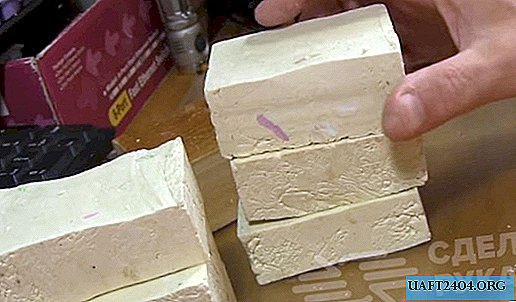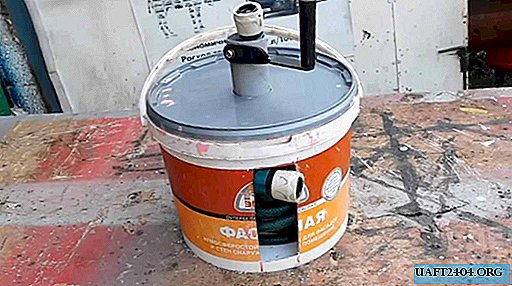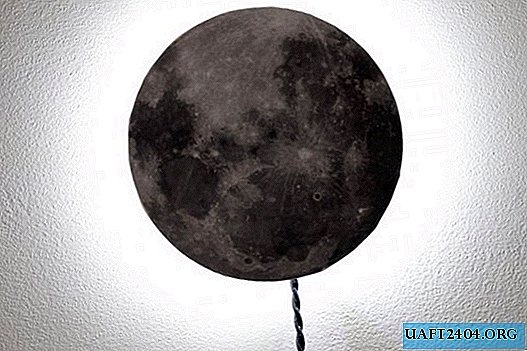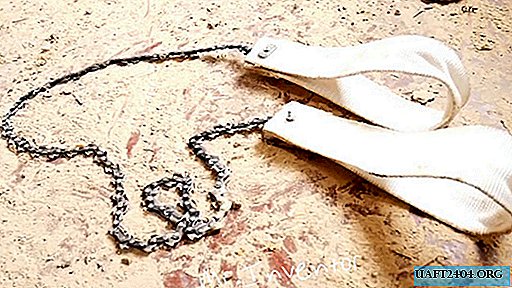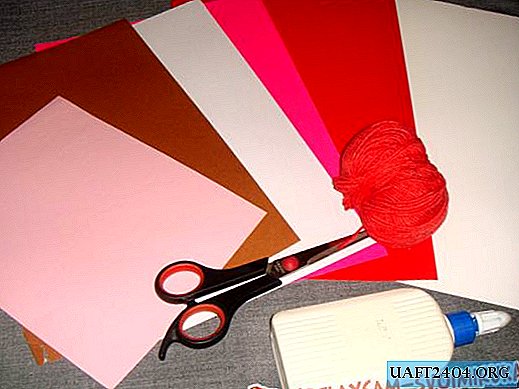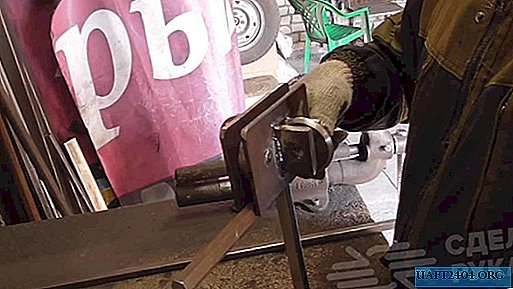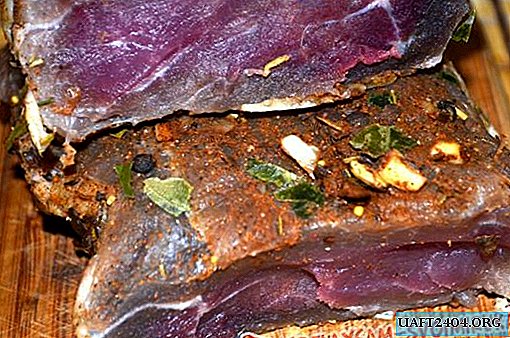Share
Pin
Tweet
Send
Share
Send

All girls and girls love to make baubles. They can be worn as a sign of friendship or love, or simply as a decoration. They can be woven from floss threads, and in this article we will talk about a bauble made of beads. It is woven as easily as from threads, so anyone can make such an ornament for themselves.

Materials
In order to weave a bauble of beads with watermelons, you need to prepare the following materials:
- Small beads of six colors: 58 white, 36 red, 12 black, 56 dark green, 48 light green, 40 pink.
- Conventional white sewing thread for lead thread.
- A ball of white thread "Iris" for the base.
- Scissors.
- Thin needle for beads.
- The surface on which the work will be performed, you can take an old book.
- Adhesive tape for fixing threads.

Making a beautiful watermelon bauble
Baubles will consist of five beads in a row. Therefore, it is necessary to prepare 6 threads of "Iris" each 40-50 cm long. They must be fixed with tape to the surface. The leading sewing thread should be tied to the first thread, which should be about 1.5 m in length.

Now we need to make the first row. Fenichka will consist of four watermelons, looking in different directions. For the first row, we string 5 white beads on a needle and bring them to the end of the thread. After that, the beads should be put under the warp threads so that each little thing gets into its own cell.
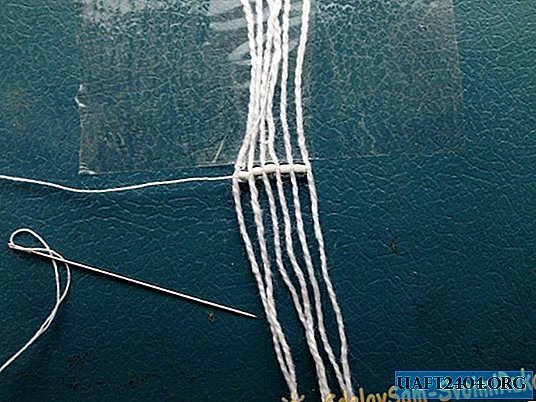
Then you need to draw the needle back through all the beads, but already over the warp threads. The first row is ready.

On the second row begins the crust of watermelon. All subsequent rows are braided in the same way as the first. 3 white and 2 dark green beads are strung on a needle. They are again placed under the warp threads, each should be in its own cell. Then the needle again passes back through all the beads over the warp threads. The second row is completed. Each row must be pulled to the previous one so that holes are not created.

All other rows must be woven as follows:
- 3rd row: 2 white, 1 dark green, 2 light green.
- 4th row: 1 white, 1 dark green, 1 light green, 2 pink.
- 5th row: 1 dark green, 1 light green, 1 pink, 1 black, 1 red.
- 6th row: 1 dark green, 1 holy green, 1 pink, 2 red.
- 7th row: 1 dark green, 1 holy green, 1 pink, 1 red, 1 black.
- 8th row: 1 dark green, 1 holy green, 1 pink, 2 red.
- 9th row: 1 dark green, 1 holy green, 1 pink, 1 black, 1 red.
- 10th row: 1 dark green, 1 holy green, 1 pink, 2 red.
- 11th row: 1 white, 1 dark green, 1 St. green, 2 pink.
- 12th row: 2 white, 1 tem.zel., 2 St. zel.
- 13th row: 3 white, 2 tem.zel.
The first watermelon is ready. The second starts already on the 14th row and weaves in the same way as the first, but in the opposite direction.

To facilitate the work, you can use the scheme. One box on the diagram - one bead. After the 25th row is over, the bracelet must be started to weave in the same way as the 2nd row.

A bauble of four watermelons is ready! It remains only to carefully remove the tape and make pigtails at the tips. Such a bauble can perfectly complement any summer look.
Share
Pin
Tweet
Send
Share
Send


